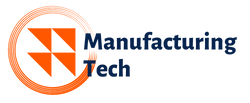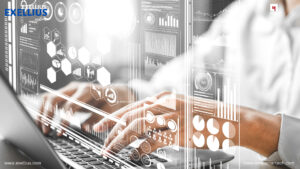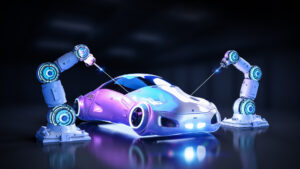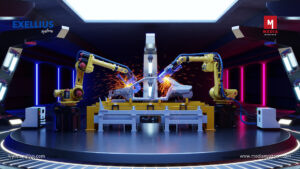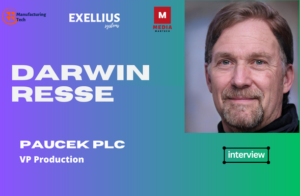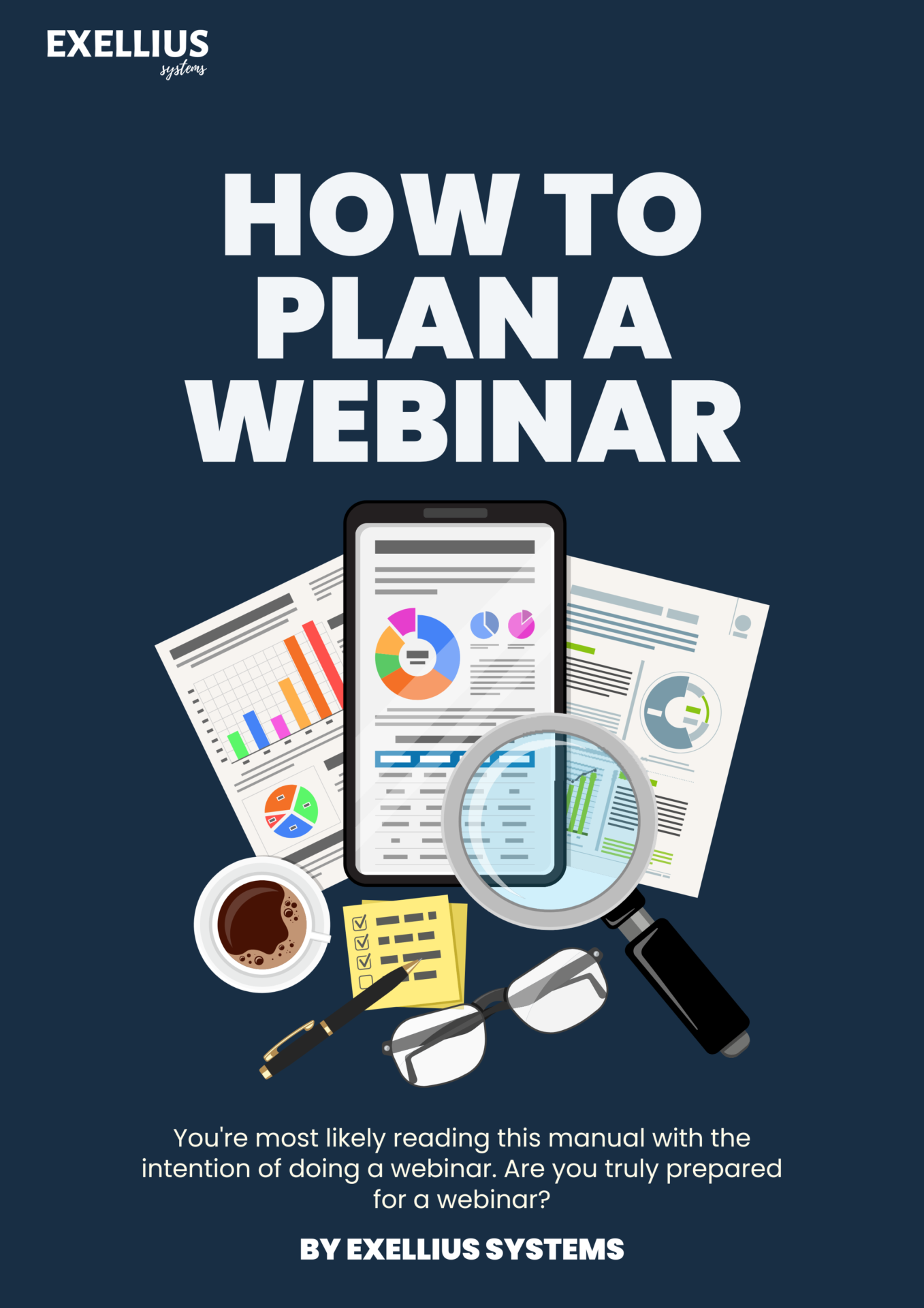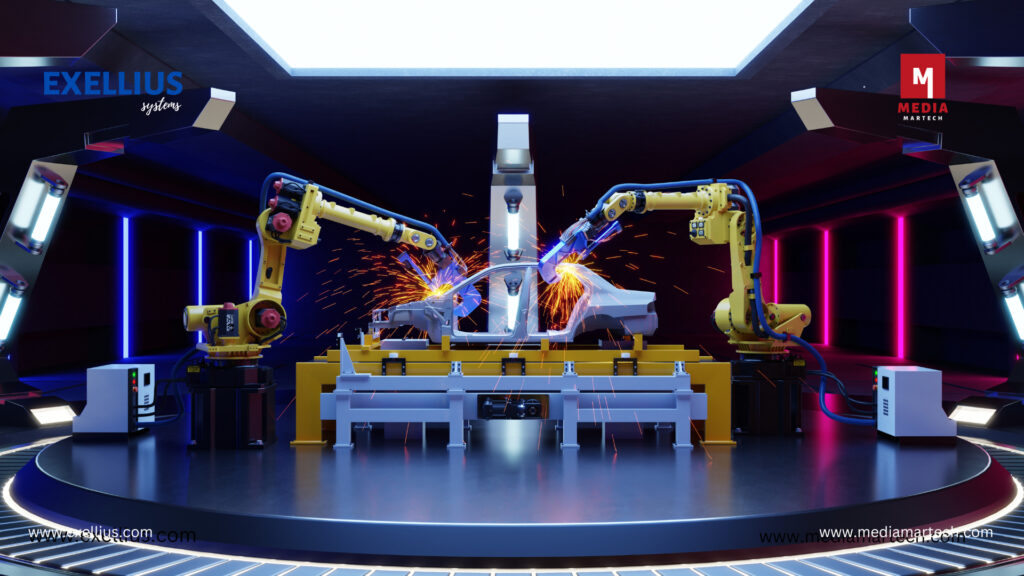
The automotive industry has always been at the forefront of technological advancements, and the adoption of metal additive manufacturing (AM) is no exception. Metal AM, also known as 3D printing, has revolutionized the way automotive tooling is designed and produced. With its numerous advantages, this technology has become a game-changer in the automotive manufacturing sector.
Introduction to Metal Additive Manufacturing (AM) for Automotive Tooling Applications
MAM refers to the process of creating three-dimensional objects by adding material layer by layer. Unlike traditional manufacturing methods that involve subtracting material from a solid block, AM enables the creation of complex geometries with greater design freedom.
In the context of automotive tooling, metal AM offers tremendous potential for improving efficiency, reducing costs, and enhancing overall production capabilities. This article explores the various aspects of MAM for automotive tooling applications.
Advantages of Metal Additive Manufacturing in the Automotive Industry
Increased Design Flexibility
One of the significant advantages of metal AM in automotive tooling is the increased design flexibility it provides. Traditional tooling methods often have limitations in creating intricate designs and complex geometries. With metal AM, automotive designers and engineers can now push the boundaries of what is possible, enabling the creation of highly optimized and innovative tooling solutions.
Faster Prototyping and Production
MAM significantly reduces the time required for prototyping and production. Traditional tooling methods involve multiple steps, such as machining and assembly, which can be time-consuming. Metal AM allows for rapid prototyping and the production of tooling components in a fraction of the time, enabling faster iteration and development cycles.
Cost Reduction and Efficiency
MAM offers cost reduction opportunities in automotive tool
While the initial investment in metal AM equipment and materials may be higher compared to traditional methods, the long-term cost savings can be significant. With metal AM, manufacturers can consolidate multiple parts into a single component, reducing material waste and assembly time. Additionally, the ability to produce complex geometries and lightweight structures can lead to weight reduction in tooling, resulting in fuel efficiency improvements and cost savings.
Complex Geometries and Lightweighting
MAM allows for the creation of tooling components with complex geometries that would be challenging or impossible to achieve using traditional methods. The layer-by-layer fabrication process enables the production of intricate internal structures, optimized cooling channels, and lightweight designs. This not only enhances the performance and functionality of automotive tooling but also reduces material usage, leading to weight reduction and improved overall efficiency.
Types of Metal Additive Manufacturing Technologies
There are various metal additive manufacturing technologies used in the automotive industry for tooling applications. Each technology has its own advantages, limitations, and suitability for specific use cases. The following are some commonly used metal AM technologies:
Powder Bed Fusion (PBF)
Powder Bed Fusion, also known as Selective Laser Melting (SLM) or Electron Beam Melting (EBM), involves spreading a thin layer of metal powder on a build platform and selectively melting the powder using a laser or an electron beam. This process is repeated layer by layer to create the desired 3D object. PBF is widely used for producing high-precision, fully dense metal parts with excellent mechanical properties.
Directed Energy Deposition (DED)
Directed Energy Deposition is a metal AM technique that involves feeding a metal wire or powder into a melt pool created by a laser or an electron beam. The material is deposited layer by layer, and complex geometries can be built up by controlling the movement of the deposition head. DED is suitable for repairing and adding material to existing components, as well as producing large-scale tooling with relatively high deposition rates.
Binder Jetting (BJ)
Binder Jetting utilizes a powder bed of metal or metal-ceramic composite material. A binder is selectively jetted onto the powder bed, binding the particles together to form each layer of the object. Once the printing process is complete, the green part is sintered to achieve the final density. Binder Jetting is known for its high-speed production capabilities and the ability to produce large and complex parts.
Material Extrusion (ME)
Material Extrusion, also known as Fused Filament Fabrication (FFF) or Fused Deposition Modeling (FDM), is a metal AM process where a filament of metal-infused thermoplastic material is extruded through a heated nozzle. The material is deposited layer by layer to build the desired object. While Material Extrusion is not as common in metal AM as it is in polymer AM, it offers a cost-effective solution for prototyping and tooling applications that do not require high mechanical strength.
Materials Used in Metal Additive Manufacturing for Automotive Tooling
A wide range of materials can be used in MAM for automotive tooling applications. The choice of material depends on the specific requirements of the tooling component, such as strength, durability, and temperature resistance. Some commonly used materials include:
Titanium Alloys
Titanium alloys are known for their excellent strength-to-weight ratio, corrosion resistance, and biocompatibility. They are often used in automotive tooling applications that require high strength, such as fixtures and molds.
Aluminum Alloys
Aluminum alloys are lightweight and offer good thermal conductivity, making them suitable for tooling applications that require efficient cooling. They are commonly used for producing heat exchangers, jigs, and fixtures in the automotive industry.
For more tech content like this Visit:
IT and Tech: Info Tech Online
BANKING, ACCOUNTING, INSURANCE AND FINANCIAL SERVICES: Finance Tech Online
HEALTHCARE AND PHARMACEUTICALS: HealthCare Tech Online
TRANSPORTATION AND LOGISTICS: Transport Tech Online
ENTERTAINMENT, TRAVEL AND HOSPITALITY: Entertainment Tech Online
MARKETING, ADVERTISING AND PUBLIC RELATIONS: Channel Tech Online
HUMAN RESOURCES COMPENSATION AND BENEFITS: Human Resources Tech Online
MECHANICAL AND CIVIL ENGINEERING: Engineering Tech Online
MANUFACTURING AND CONSTRUCTION: Manufacturing Tech Online
NON-PROFIT AND NON-GOVERNMENT ORGANIZATIONS: Non Profit Tech Online
Want to promote your content?
Visit: Exellius Systems or Media Martech
